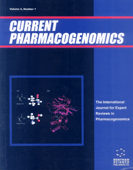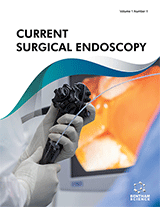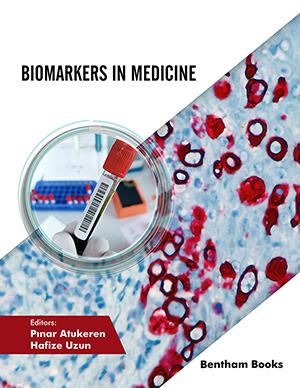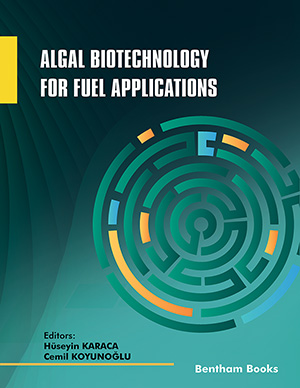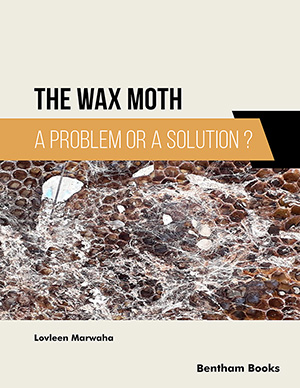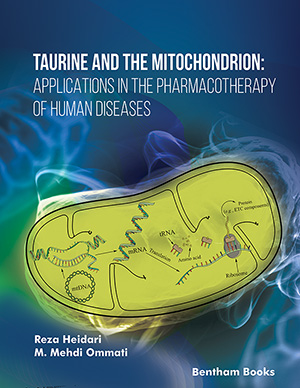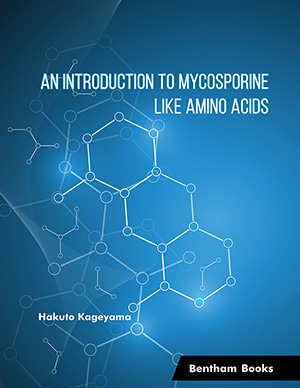Abstract
This chapter deals with some of the most fascinating topics in fluorescence microscopy and optics, in general: non-linear optics. All the optical phenomena explained in the previous chapters, with some particular exceptions, have dealt with linear optics; this means that a single photon is involved in the optical process during and after being absorbed. However, it is possible to have a multiphoton optical response, one that depends on more than one photon interacting with the system “at the same time”. This leads to a whole new range of optical phenomena; many of them unobservable at the relatively low light intensities with characteristic of linear optics. Some of the non-linear optical phenomena provide very interesting and useful applications in fluorescence microscopy. In this chapter, we will introduce and explain the main non-linear optical processes employed in fluorescence microscopy, enumerate their advantages and drawbacks, and highlight their importance in the life sciences.
Keywords: Biphotonic microscopy, Coherent anti-Stokes Raman scattering (CARS), Excited state absorption, Harmonic microscopy, Lanthanide upconversion, Multiphoton microscopy, Non-linear optics, Photon upconversion (UC), Raman microscopy, Second harmonic generation, Stimulated Raman scattering (SRS), Third harmonic generation, Triplet-triplet annihilation upconversion, Triplet state, Virtual state.



